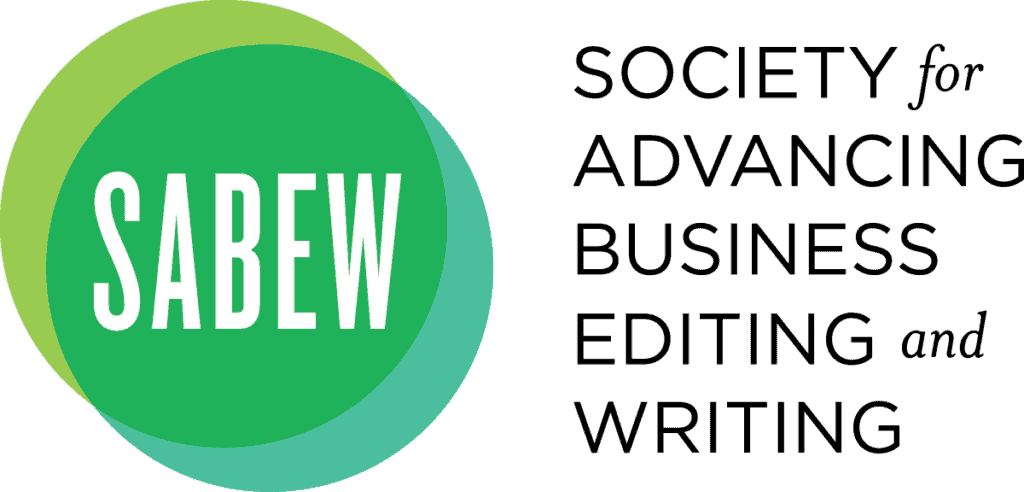
May, 2019
By Madeline Ackley
The Cronkite School
Two longtime newsroom leaders spoke about what it means to be a woman in the news industry at the Society for Advancing Business Editing and Writing spring conference in Phoenix on Friday. Kristin Gilger, associate dean at the Walter Cronkite School of Journalism and Mass Communication, and Cronkite School professor Julia Wallace reflected on their journeys as young journalists to leaders in a field traditionally dominated by men.
Their book “There’s No Crying in Newsrooms: What Women Have Learned about What It Takes to Lead,” scheduled for release in July, chronicles similar stories from women who broke through barriers at media organizations over the past four decades.
“I couldn’t think of two better people to talk about [this issue],” said session moderator Vanessa Ruiz, Arizona PBS anchor and director of the Borderlands bureau at Cronkite New.
The pair, who worked together three separate times in their distinguished careers, spoke about what has changed since their start in news decades ago — and what has stubbornly remained the same.
Displays of emotion by women were not tolerated in the newsrooms of the 1970s and 1980s, which is still the case to some extent today, according to Gilger. In order to be taken seriously as leaders, many women felt they needed to match the attitudes of their male counterparts.
“There was a toughness that was expected,” Wallace said. “We had to adjust.”
Sexual harassment was also par for the course.
“It never occurred to us to report this stuff,” Gilger said.
But attitudes have shifted. In terms of emotional displays, more women in leadership feel they can be themselves and show their emotions in hard times — although Gilger joked that she still doesn’t recommend journalists cry on the job.
Gilger and Wallace also noted that the women journalists they interviewed were far more likely to report sexual harassment and abuse in the workplace, especially in light of the #MeToo movement. While overt sexism was a problem in years past, barriers for women in the industry today are at times more subtle than before.
Studies show that while two-thirds of journalism graduates are female, that number drops dramatically in the newsroom, which is just one-third female according to Poynter. Gilger noted that while a portion of these graduates voluntarily make their way into public relations or other related fields, many feel pushed out of journalism as times goes on.
Women Gilger and Wallace spoke to while writing the book reported being passed over for leadership positions despite their abilities and accomplishments. Others said that their news organizations don’t offer maternity leave or flexible hours, making it nearly impossible for young mothers to rise in the ranks.
Gilger ended the session stressing the importance of keeping young women in the industry.
“Hang in there,” she said. “We need you.”


